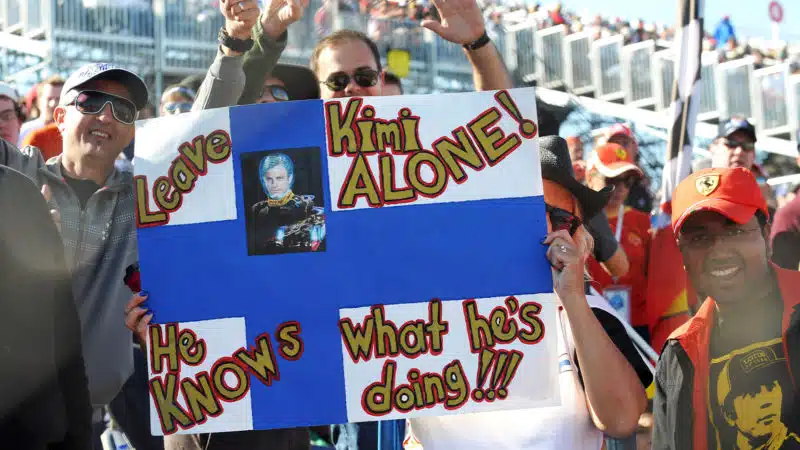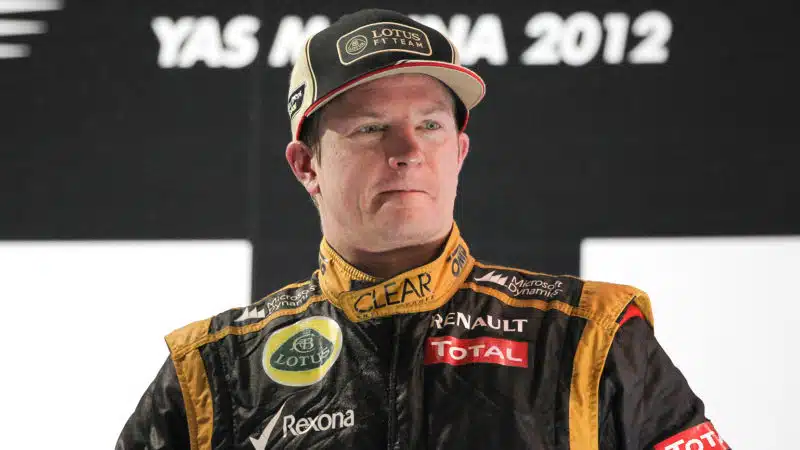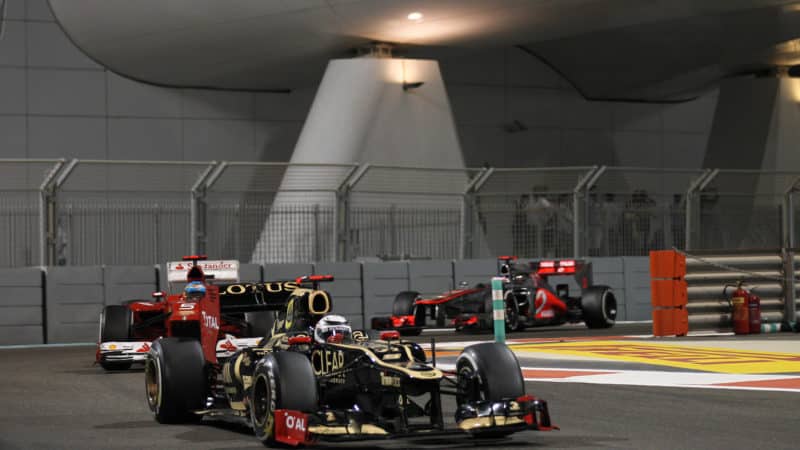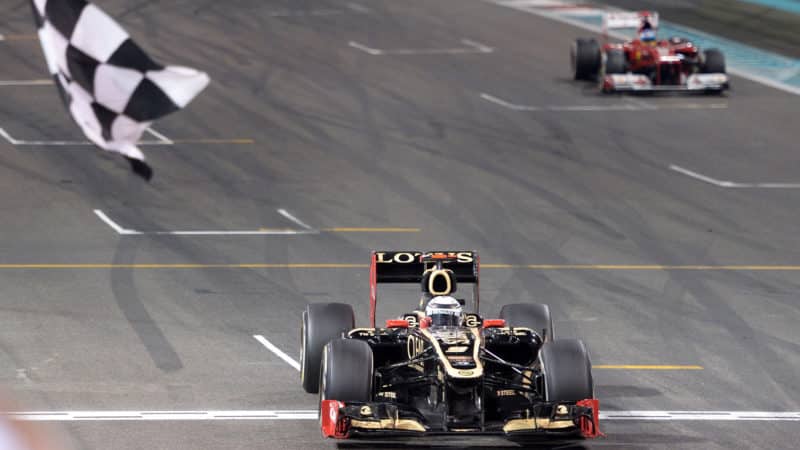Meanwhile, canny Vettel climbed (with the aid of the two timely safety cars interludes) to finish third. “I’ll see you on the podium,” had been his last words to Christian Horner before taking the start. Old-school Seb chutzpah – shades of Max Verstappen today – and old-school Kimi, too. It was one of those days (or rather nights) where the Räikkönen Dennis and Whitmarsh knew bothered to turn up to get the job done.
Räikkönen’s response to engineer coaching struck a chord then and still does today. Always something of a throwback, Kimi’s instinct to be left alone to just get on with it was refreshing. It sprang to mind again a couple of years ago when I asked Damon Hill if he’d have preferred racing in F1 today rather than in his own era. “Would I want to drive today? I wouldn’t want to be told all the time what to do by engineers, about how to drive,” Damon shot back. “Something grates with me about that one. I want to know information, but to be told ‘stay here, don’t go too fast’, that doesn’t feel right. Isn’t that what a racing driver is, someone who chooses a direction and takes his own path? The guys before my era were people who usually went against their parents’ wishes to race. They didn’t take instructions from anyone.” Kimi certainly didn’t. We always knew he’d had thrived in the 1970s.
Today, retired from F1, Räikkönen is still missed by many for encapsulating that racing spirit Hill describes so perfectly – even if his best years were long behind him for much of his latter career. Now we get set to bid farewell to another star of the class of 2012, his old team-mate (and mate) Vettel, whose career also dwindled into strange territory over the course of the past decade. Hamilton, in contrast, remains at his peak – amazing to think he was just a one-time world champ back in 2012 – while that old warrior Alonso still tilts at windmills at 41, even if another win, never mind a third world title, would be a bonus this late into autumn. Racing drivers’ careers were never meant to last this long, were they?
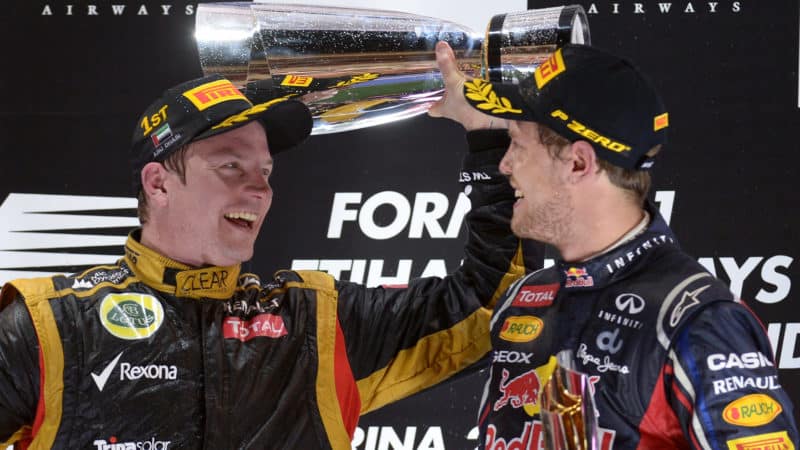
Podium pals: Räikkönen cracks a smile with future team-mate Vettel
Dimitar Dilkoff/AFP via Getty Images
As for the Enstone team, its guise at Lotus should be considered an odd glitch in the matrix. Officially, Räikkönen’s victory was the great British car maker’s 80th in F1 and its first since Ayrton Senna’s in Detroit 1987. But c’mon. It doesn’t really count, does it? The Enstone Lotus era was nothing more than a demeaning badging deal that’s now best forgotten.
But let’s not forget Räikkönen’s hard-earned rosewater, or for that matter Simon Rennie, the guy on the end of that radio call. By simply doing what he was paid to do, he could have no idea he’d trigger a run on T-shirts that would verge on becoming its own industry.
